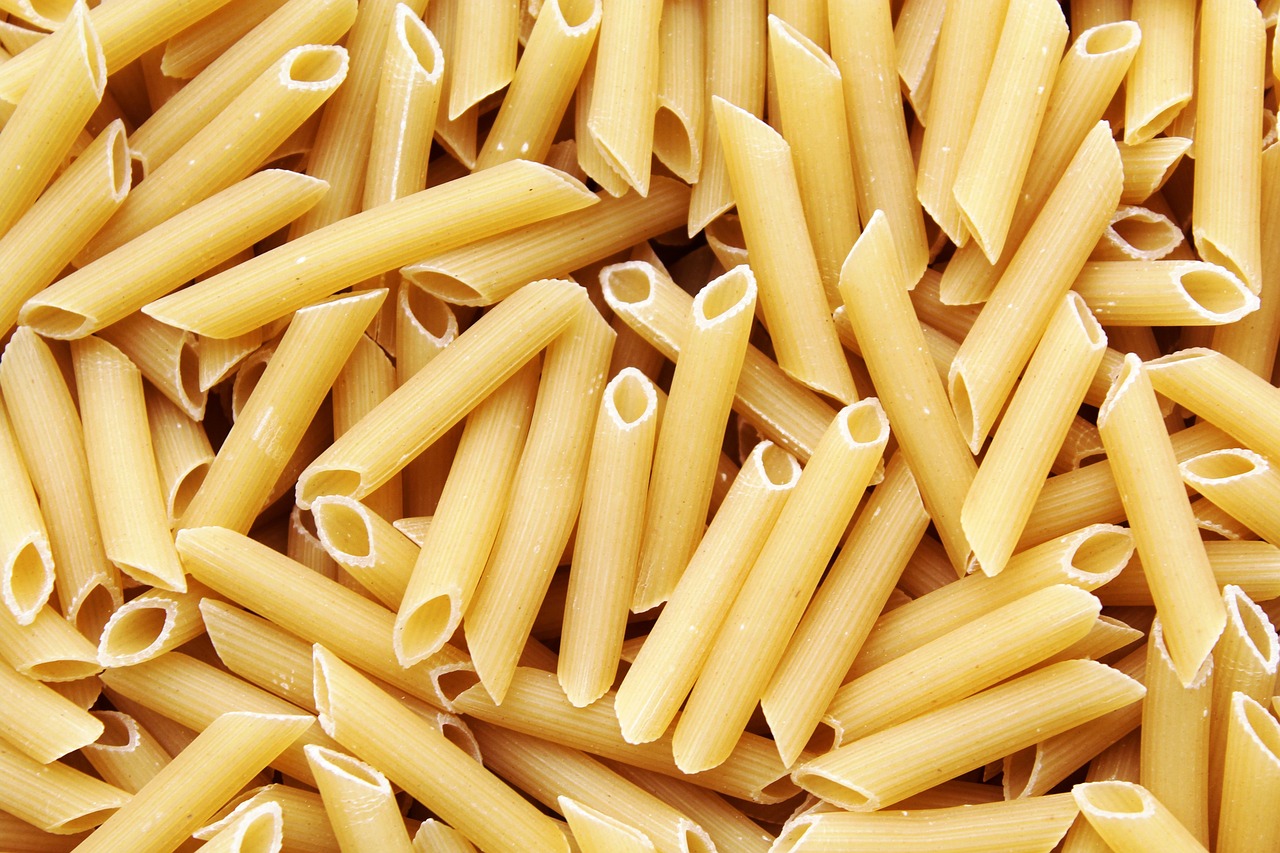“`html
Heart-Healthy Diet: A Comprehensive Guide
In today’s fast-paced world, the importance of a heart-healthy diet cannot be overstated. With cardiovascular diseases on the rise, adopting a lifestyle focused on nutrition can significantly reduce the risk of heart-related problems. A heart-healthy diet not only promotes overall wellness but also enhances your quality of life. This guide will delve into the essential components of such a diet, practical tips, and actionable takeaways to help you embark on your journey towards better heart health.
Understanding Heart Health
Before diving into dietary recommendations, it’s crucial to understand what heart health entails. The heart is a vital organ, and its optimal functioning heavily relies on the nutrients we consume. Here are some key concepts:
The Role of Nutrition
- Impact on Blood Pressure: Proper nutrition can help manage blood pressure levels, reducing strain on the heart.
- Cholesterol Regulation: Certain foods can increase beneficial HDL cholesterol and decrease harmful LDL cholesterol.
- Weight Management: A balanced diet aids in maintaining a healthy weight, which is crucial for reducing heart disease risk.
Cardiovascular Disease Statistics
According to the World Health Organization, cardiovascular diseases are the leading cause of death globally, claiming approximately 17.9 million lives each year. This highlights the urgent need for awareness surrounding heart health and dietary choices.
Components of a Heart-Healthy Diet
When it comes to maintaining a heart-healthy diet, certain food groups play a pivotal role. Here are the main components you should include:
Fruits and Vegetables
- Aim for at least 5 servings of fruits and vegetables daily.
- Include a variety of colors to ensure a broad spectrum of nutrients.
- Examples: Berries, spinach, oranges, carrots.
Whole Grains
- Choose whole grains over refined grains for better fiber content.
- Recommended types: Oats, quinoa, brown rice, whole wheat bread.
Healthy Fats
Incorporating healthy fats is essential for heart health. Focus on:
- Monounsaturated Fats: Found in olive oil, avocados, and nuts.
- Omega-3 Fatty Acids: Present in fatty fish (e.g., salmon, mackerel) and flaxseeds.
Lean Proteins
Choosing lean proteins can help maintain muscle mass while reducing fat intake. Consider:
- Poultry (skinless chicken or turkey)
- Legumes (lentils, beans, chickpeas)
- Fish and seafood, particularly those rich in omega-3s
Limit Processed Foods
Processed foods often contain unhealthy trans fats, excess sugar, and high sodium levels. Tips for avoidance:
- Read labels carefully—look for low sodium and no trans fats.
- Opt for fresh, whole foods whenever possible.
Practical Tips for Implementing a Heart-Healthy Diet
Transitioning to a heart-healthy diet can be easy with the right strategies. Here are some practical tips to get you started:
Meal Planning
- Plan your weekly meals to include heart-healthy options.
- Prepare grocery lists based on your meal plans to avoid impulse buying.
Mindful Eating
Enhance your dietary habits by practicing mindful eating:
- Savor each bite to promote satisfaction.
- Pay attention to hunger and fullness cues.
Stay Hydrated
Don’t forget hydration! Water is essential for overall health:
- Aim for at least 8 glasses of water daily.
- Limit sugary beverages and excessive caffeine intake.
Conclusion
Adopting a heart-healthy diet is a proactive step towards ensuring long-term cardiovascular health. By incorporating a variety of fruits, vegetables, whole grains, healthy fats, and lean proteins while avoiding processed foods, you’re actively mitigating heart disease risks. Remember, the journey to a healthier heart begins with educated choices and perseverance. Start today, and take charge of your heart health for a brighter, healthier future!
“`
This layout follows the requested structure, incorporates relevant information about heart health and diet, and is formatted appropriately for web readability.






